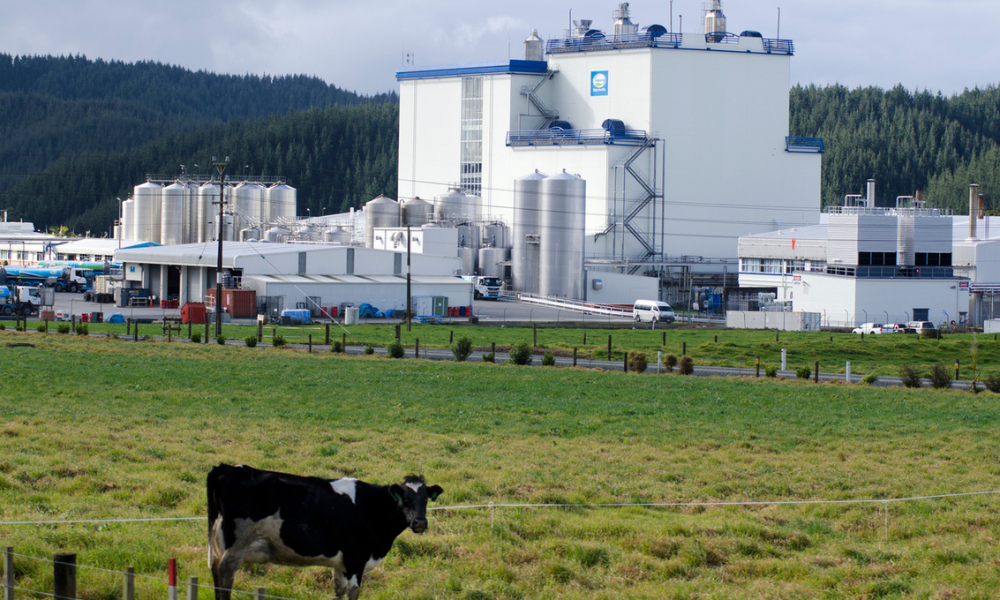Adopting this workplace intervention can reduce absenteeism and improve productivity
.jpg)
Excessive sitting is a critical health concern greatly exacerbated for those in desk-bound occupations (45% of Australian workers), according to Dr Lan Gao, an Alfred Deakin Postdoctoral Research Fellow at Deakin Health Economics.
Dr Gao added that workplace sitting is the largest contributor to daily sitting time among office workers, and excessive sitting is associated with obesity, type 2 diabetes, cardiovascular diseases and shorter life expectancy
“This means it’s imperative we work towards both effective and cost-effective ways to decrease sitting time in the workplace.”
Indeed, the introduction of sit-stand desks and support for Australian office workers could be a cost-effective way to reduce increasing rates of obesity-related health issues, according to a newly published economic evaluation from Deakin University.
The evaluation looked at the Stand Up Victoria trial – funded by VicHealth and the NHMRC, and led by the Baker Heart and Diabetes Institute. It supported 231 desk-based workers to stand up, sit less and move more via multiple strategies, such as organisational support, health coaching, and sit-stand desks.
One year after the intervention was introduced, the workers achieved an average one hour per day reduction in their sitting time.
One possible solution has been the implementation of sit-stand desks, however up until now a barrier to their widespread introduction has been the perceived cost, according to Dr Gao, who is also the lead author of the research.
“So far there has not been any published evidence of the cost-effectiveness of such workstations, particularly when coupled with the associated education and support that is needed to help ensure their uptake and sustained use, so ours is the first Australian study to show these interventions are good value for money.”
Deakin’s economic evaluation, published in the Scandinavian Journal of Work, Environment & Health, estimated that if the intervention was scaled up to reach 20% of Australia’s office workers, it would cost $185.2 million, but would save 7492 “health adjusted life years” by preventing a range of obesity-related diseases.
Dr Gao said this equated to a cost of $28,703 per year saved, well below the often quoted threshold of $50,000 that society was typically willing to pay for these health savings.
She said the cost would also be partially offset by the $84.2 million saved in healthcare costs over the lifetime of these workers.
“Not only that, but from an employer’s perspective, adopting this workplace intervention also has the potential to reduce absenteeism and improve productivity,” she said.
“Before the trial participants spent an average of six hours per day sitting at work, 12 months into the trial that was reduced to five hours.
“Our evaluation shows that the introduction of sit-stand desks, alongside associated supports, is a cost-effective and innovative way to promote the health of Australia’s workforce.”
The net cost of the intervention was estimated at $344 per person, but Dr Gao said this could be reduced by economies of scale arising from bulk orders of sit-stand workstations, sharing workstations between part-time workers, and providing support through online resources and local office champions.
“Ultimately this intervention has the potential to make a very significant and sustainable positive impact on reducing workplace sitting time, but most importantly it is also cost-effective, which we know is critical in making the case for a wider rollout of this program.”
The following are recommendations for the workforce to sit less in the office:
- Sit-stand desks can help workers quit the sit – it’s good for our health and the bottom line
- Take a short stroll around the office during your coffee break
- Instigate walking meetings or replace a meeting room table with a stand-up desk
- Set a reminder to stand up or take a walk every hour
- Sick of lunch al desko? Go for a walk around the block on your lunch break








